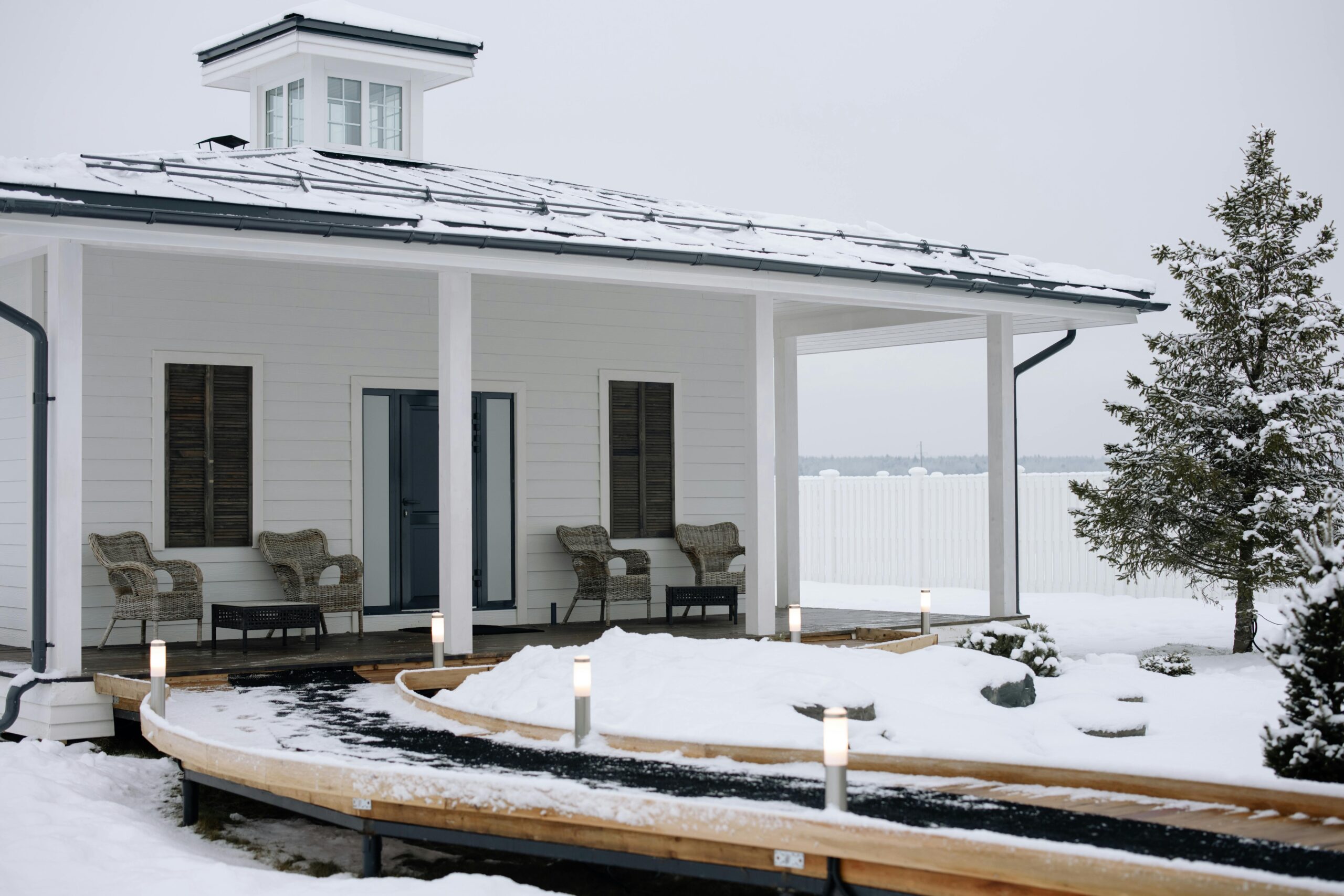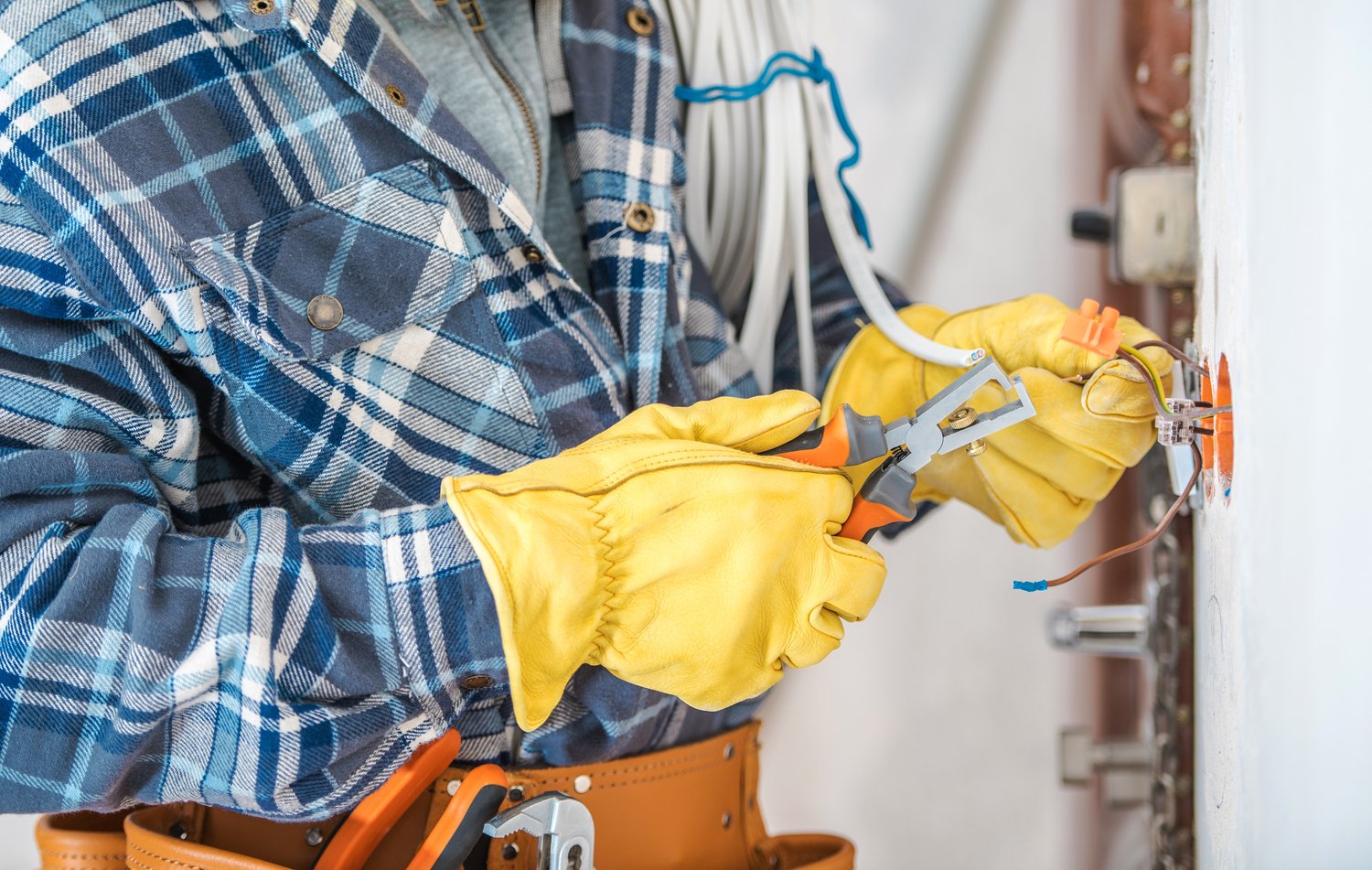Ice dams are a common winter headache for homeowners in cold climates, causing potential structural damage and expensive repairs if left unaddressed. These troublesome ice formations occur at the edge of roofs and prevent melting snow from properly draining. Understanding the causes of ice dams is the first step in developing effective prevention strategies that protect your home. This article explores the science behind ice dam formation, ways to prevent them through proper attic insulation and roof ventilation, and safe ice dam removal techniques that won’t damage your roofing materials.
What Causes Ice Dams?
Ice dams form when snow accumulates on your roof, and heat escaping from your home melts the snow at the upper portions of the roof while the eaves remain below freezing. This temperature differential creates a cycle where snow melts, runs down to the colder roof edge, and then refreezes, forming a ridge of ice. As this ridge grows, it blocks subsequent meltwater from draining off the roof. This trapped water can back up under shingles, penetrate roofing materials, and eventually leak into your home, causing interior damage to walls, ceilings, insulation, and more.
The primary culprit behind ice dam formation is an unevenly heated roof surface, typically caused by inadequate attic insulation for ice dams and poor roof ventilation. When attic spaces are improperly insulated, heat from your living spaces rises and warms portions of your roof, creating the perfect conditions for ice dam development. Homes with significant heat loss through the attic are particularly vulnerable during extended periods of freezing temperatures.
Prevention Through Proper Insulation
The most effective long-term strategy to prevent roof damage in winter from ice dams starts with proper attic insulation. Energy experts recommend insulation with an R-value of at least R-49 for homes in cold climates. This thick layer of insulation acts as a thermal barrier, preventing indoor heat from escaping through the ceiling and warming the roof surface.
When upgrading attic insulation, pay special attention to areas often overlooked, such as around recessed lighting, vent pipes, and chimney chases. These thermal bypasses can allow significant heat to escape into the attic even when the main attic floor appears well-insulated. Additionally, ensure that any ductwork running through unconditioned attic spaces is properly sealed and insulated to prevent warm air leakage that can contribute to uneven roof temperatures.
The Critical Role of Roof Ventilation
Proper roof ventilation works hand-in-hand with insulation to prevent ice dams. An effective ventilation system creates a cold roof surface by allowing outside air to flow under the roof deck, maintaining a consistent temperature across the entire roof. This consistent temperature prevents the freeze-thaw cycle that creates ice dams.
A balanced roof ventilation ice dams prevention system requires both intake vents (typically at the eaves or soffits) and exhaust vents (at or near the ridge). The natural stack effect pulls cold air in through the lower vents and expels warmer air through the upper vents. For most homes, the recommended ventilation ratio is one square foot of net free ventilation area for every 150 square feet of attic floor space. Professional roofing contractors through AskHomey can assess your current ventilation system and recommend improvements specific to your home’s design and local climate conditions.
Safe Ice Dam Removal Techniques
Despite best prevention efforts, persistent cold weather and heavy snowfall can sometimes lead to ice dam formation. When this happens, safe ice dam removal becomes necessary to prevent further damage. However, improper removal methods can cause more harm than good.
Never use sharp objects like axes, hatchets, or ice picks directly on your roof as these can damage shingles and create pathways for water infiltration. Similarly, avoid using salt or chemical ice melters on your roof, as these can corrode metal flashing, gutters, and downspouts while potentially damaging vegetation when they wash off the roof.
For immediate relief, fill a nylon stocking with calcium chloride ice melt (not rock salt) and lay it perpendicular to the ice dam. This creates a channel through the dam to allow water drainage. For larger ice dams, consider hiring professionals who use specialized equipment like steam machines that can safely melt channels through the ice without damaging roofing materials.
Long-Term Solutions
For homes with recurring ice dam problems, consider more permanent solutions during your next roofing project. Installing an ice and water shield membrane under the first few feet of shingles at the eave provides an additional barrier against water infiltration. For especially problematic areas, heated cables installed along the roof edge can prevent ice formation, though these require electricity to operate and should be considered a last resort rather than a primary prevention method.
The most sustainable approach to prevent roof damage winter after winter is addressing the root causes through improved attic insulation for ice dams and enhanced roof ventilation. While these improvements represent a significant investment, they pay dividends in energy savings, extended roof life, and prevention of costly water damage repairs.
For more tips and to connect with reliable home service professionals, follow AskHomey on Facebook and Instagram.



